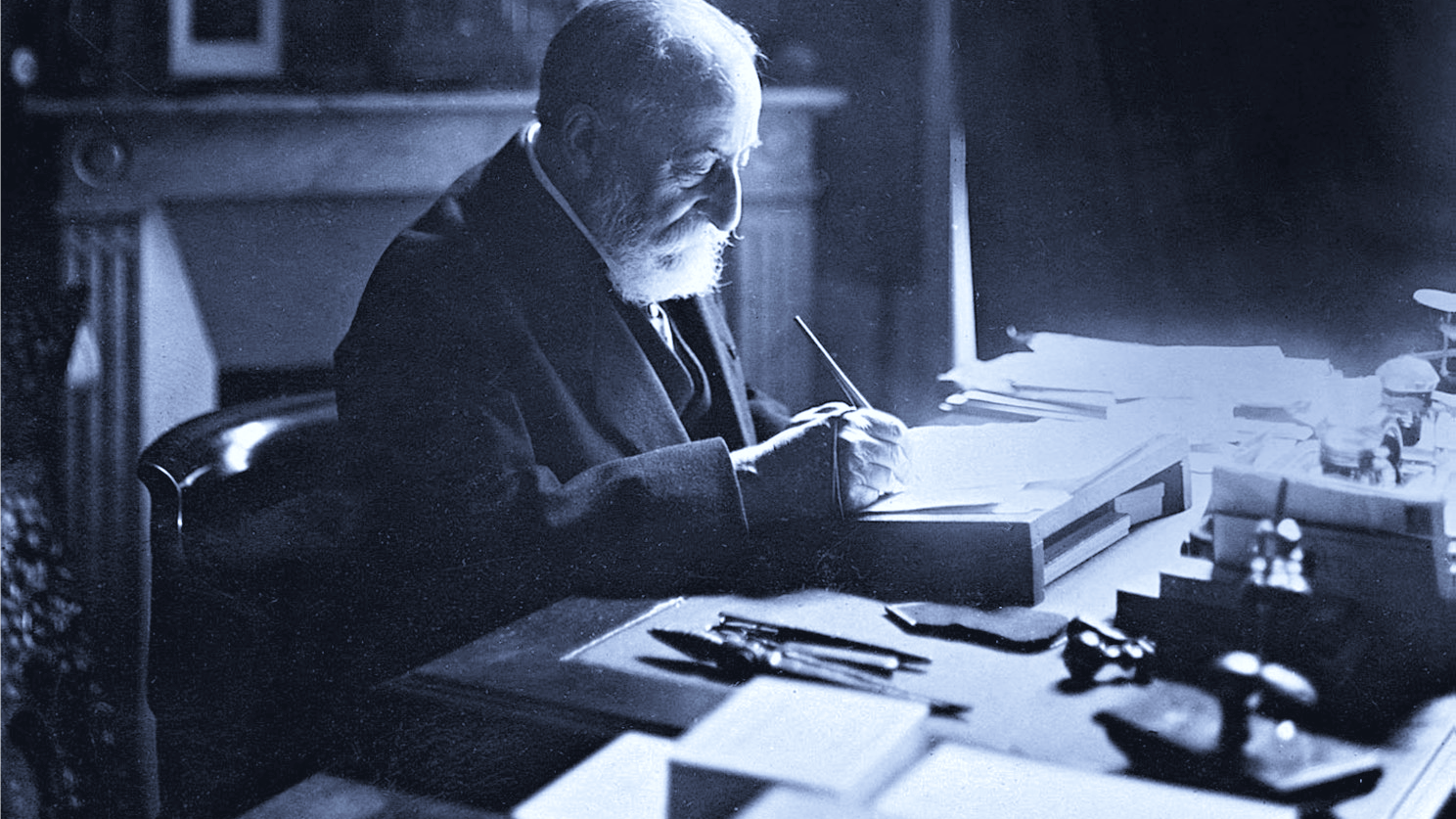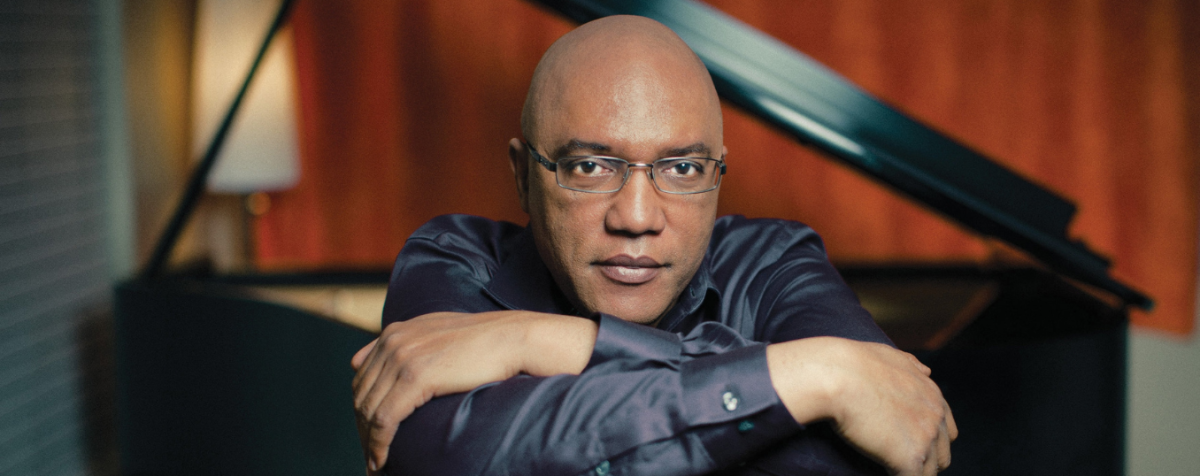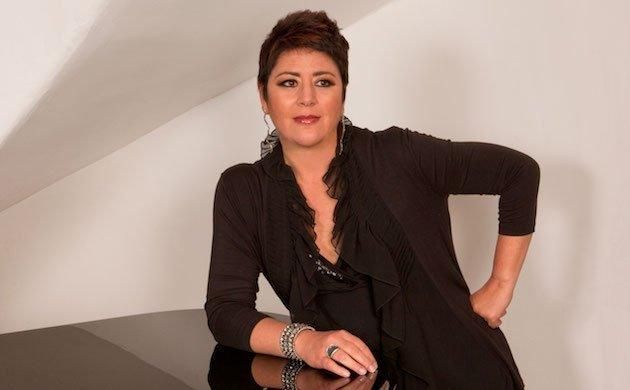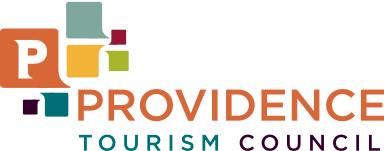THE STORY BEHIND: Ravel's "Rapsodie espagnole"
Share
On February 9 & 10, conductor José Luis Gomez and the Rhode Island Philharmonic Orchestra will present RACHMANINOFF WITH GARRICK OHLSSON.
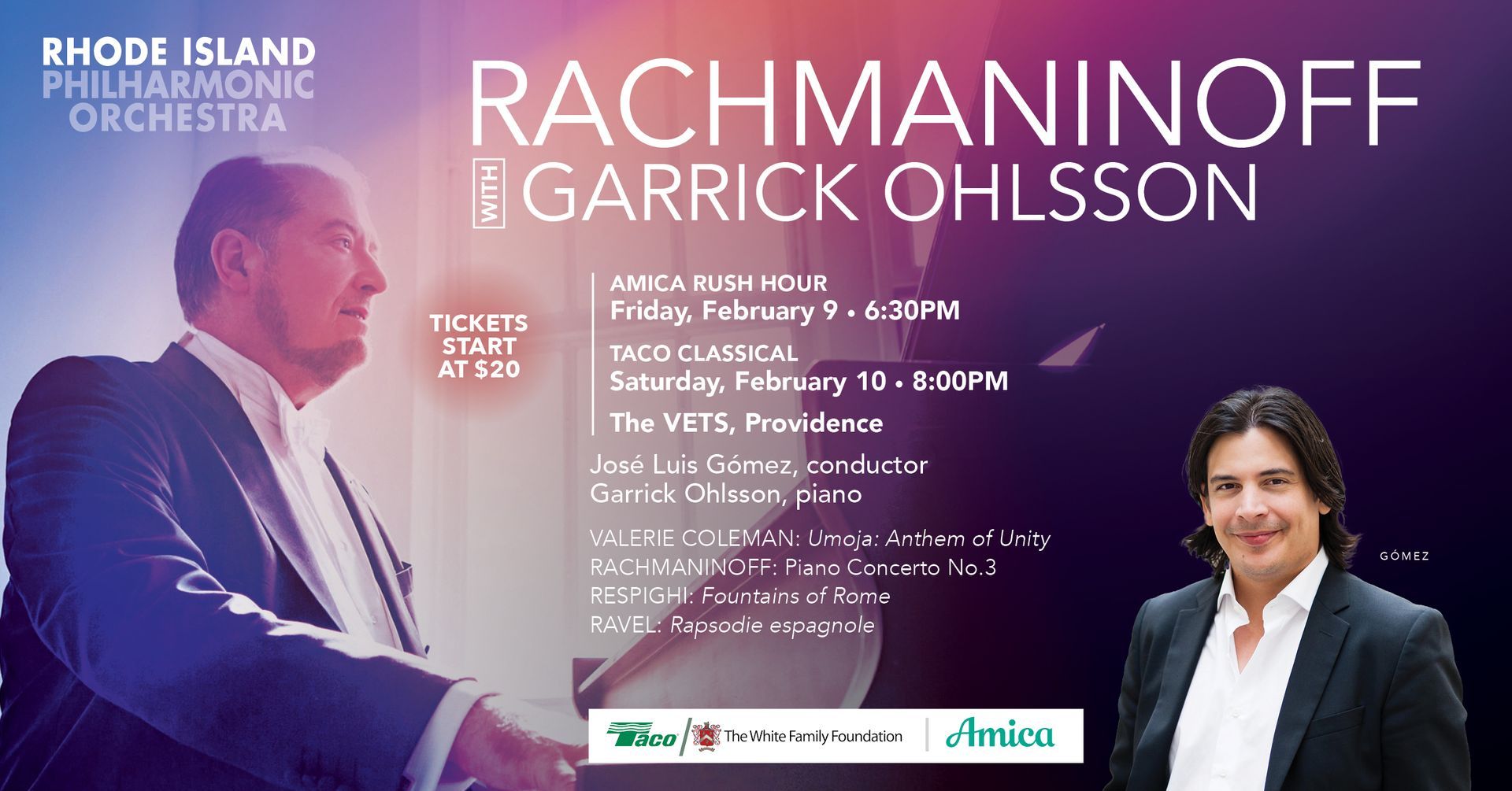
Title:
Rapsodie espagnole
Composer:
Maurice Ravel (1875-1937)
Last time performed by the Rhode Island Philharmonic: Last performed October 9, 1982 with Alvaro Cassuto conducting. This piece is scored for two flutes, two piccolos, two oboes, English horn, three trumpets, sarrusophone, four horns, three trumpets, three trombones, tuba, timpani, two harps, celesta and strings.
The Story:
There is a joke in the musical world that goes, “The best Spanish music was written by French composers.” Although there is more than a grain of truth there, it is only half-proven in the case of Maurice Ravel.
Ravel was born in the Pyrenees town of Delouart, and his mother was Basque. Ravel’s lifelong attraction to and mastery of the Spanish idiom is undeniable. One need only recall works such as
Habanera, Rapsodie espagnole, Alborada del gracioso, Bolero, and the one-act opera,
L'Heure espagnole
to recognize the deep influence that Iberian music had on his art.
Ravel's greatest Spanish musical contemporary, Manuel de Falla, endorsed the authenticity of Ravel's style in the
Rapsodie
with the words,
It surprises one by its (genuinely) Spanish character. In absolute agreement with my own intentions... this hispanization is not achieved merely by drawing upon popular or folk sources (except the Jota in “Feria”) but rather through the free use of the modal rhythms and melodies and ornamental figures of our popular music, none of which has altered in any way the natural style of the composer.
Ravel wrote the
Rapsodie
in 1907, the same year he completed his one-act opera,
L'Heure espagnole. Composed in only 30 days, the
Rapsodie
was an immediate success and firmly established Ravel as a brilliant master of the orchestral medium. The
Rapsodie’s
four-movement plan begins with a “Prelude to the Night” that reflects Ravel's impressionistic impulse. It is a nocturnal sketch of Spain's perfume and atmosphere. The
Malagueña
had to be encored at the
Rapsodie’s
premiere. With a full percussion section, including castanets, the movement maintains an unswerving rhythmic thrust, suspended only for the English horn's evocative solo near the end.
Ravel adapted the Habanera from his 1895 piece for two pianos. In the manuscript, the composer inscribed the subtitle, “In the fragrant land caressed by the sun.” Later, he reflected that this work, with its ostinato pedal point [sustained bass note] and its chords with multiple appoggiaturas [similar to grace notes] . . . “contained the germ of several elements that were to predominate in my later works.”
The
Rapsodie
concludes with a “Feria,” or festival. Biographer Rollo H. Myers summarizes it best:
A luminous, scintillating tableau of Iberian exuberance, and one of the most forthright and uninhibited pages in the whole of Ravel's oeuvre, the Feria brings the Rapsodie to an end in a blaze of color and sound as brilliant as anything to be found in the whole repertory of the twentieth-century orchestra.
Program Notes by Dr. Michael Fink © 2023 ALL RIGHTS RESERVED
Tickets start at $20! Click HERE or call 401-248-7000 to purchase today!
